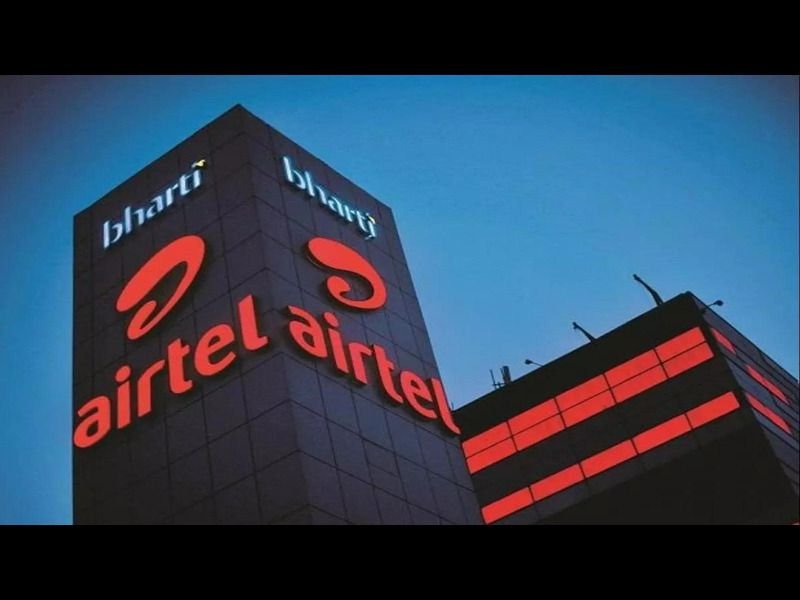Bharti Airtel, India’s second-largest telecom operator, has announced that it will allot 2.06 crore equity shares to certain holders of its foreign currency convertible bonds (FCCBs) at a conversion price of Rs 518 per share. This will increase the company’s paid-up equity share capital by Rs 103 crore.
What are FCCBs?
FCCBs are debt instruments that allow bondholders to convert their holdings into stocks at a predetermined price and date. Bharti Airtel had issued USD 1 billion 1.5% FCCBs in January 2020, due in 2025, convertible into the company’s fully-paid up equity shares of Rs 5 each at any time on or after February 27, 2020 and up to the close of business hours on February 07, 2025.
Why is the conversion happening?
The company said that it has received notices for conversion of FCCBs of principal value of USD 106.4 million from certain FCCB holders, and that its committee of directors for fundraising has approved the allotment of 2,06,00,000 fully paid-up equity shares to such holders on February 16, 2024.
The outstanding principal value of FCCBs, as listed at Singapore Exchange, stands reduced to USD 420.6 million after the conversion, the company said in a regulatory filing.
How will this affect the share capital and shareholding?
The allotment of shares to the FCCB holders will increase the company’s paid-up equity share capital to Rs 28,737,347,687.50 divided into 5,650,797,622 fully paid-up equity shares of Rs 5 each and 392,287,662 partly paid-up equity shares of Rs 5 each.
The conversion price of Rs 518 per share represents a premium of about 25% over the current market price of Bharti Airtel’s shares, which closed at Rs 414.35 on February 16, 2024 on the National Stock Exchange.
The conversion will also dilute the stake of the promoters and other existing shareholders by about 0.36%. As of December 31, 2023, the promoters held 55.83% stake in the company, while the public shareholders held 44.17% stake.
What does this mean for the company and its investors?
The conversion of FCCBs is seen as a positive sign for the company, as it indicates that the bondholders are confident about its future prospects and growth potential. The conversion will also reduce the company’s debt burden and interest cost.
Bharti Airtel is one of the leading players in the Indian telecom market, with over 32 crore subscribers as of December 31, 2023. The company offers wireless, broadband, digital TV and enterprise services across India. The company is also expanding its presence in Africa and other emerging markets.
Recent Blog : Walmart Targets MSMEs for $10B India Export Goal
